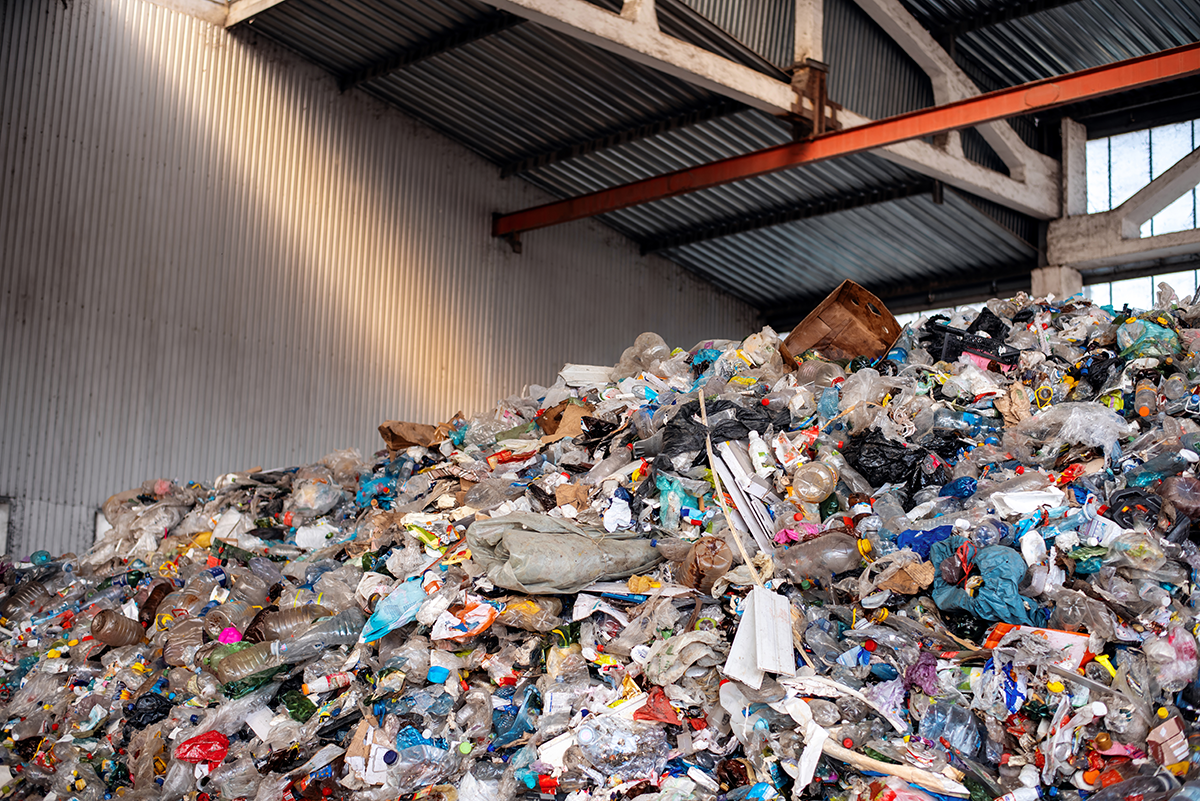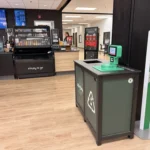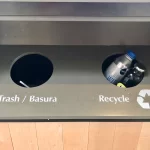Recycling is a cornerstone of sustainability efforts in public venues. Still, contamination of the recycling stream remains a persistent and costly challenge, particularly in stadiums, arenas, university campuses, corporate campuses, and busy municipal areas. Let’s break down the scope of the problem, the economic impact, and how our innovative solutions help venues turn the tide.
The Contamination Problem: How Big Is It?
Contamination occurs when non-recyclable items or dirty recyclables end up in recycling bins. In high-traffic venues, the problem is often worse than in residential settings due to hurried disposal, food and beverage waste, and transient populations unfamiliar with local recycling rules.
Contamination Rates by Venue Type
| Venue Type | Typical Contamination Rate (%) |
|---|---|
| Stadiums/Arenas | 30–50% |
| University Campuses | 25–40% |
| Corporate Campuses | 20–35% |
| Municipal Public Spaces | 30–45% |
Sources: Green Sports Alliance, Keep America Beautiful, EPA Waste Characterization Studies, Waste Wise Innovation, University of Michigan Waste Audit 2019
The Economic Impact: Dollars Down the Drain
Contamination isn’t just an environmental issue; it’s a financial one. Here’s how it hits different venues:
- Stadiums/Arenas: A single major event can generate 20–40 tons of waste. High contamination means much of this is landfilled, costing venues $10,000 – $30,000 per event in lost recycling revenue and extra landfill fees.
- University Campuses: Annual waste management budgets can be inflated by $100,000 – $250,000 due to contamination, as loads are rejected by recycling facilities and sent to landfills.
- Corporate Campuses: Contamination can increase waste hauling costs by 20–30%, and companies may lose out on sustainability certifications or rebates.
- Municipal Public Spaces: Cities often pay $50 – $100 per ton in contamination surcharges, adding up to millions annually for large municipalities.
Estimated Annual Economic Impact by Venue Type
| Venue Type | Estimated Annual Cost of Contamination |
|---|---|
| Stadiums/Arenas | $250,000 – $1,000,000 |
| University Campuses | $100,000 – $250,000 |
| Corporate Campuses | $50,000 – $200,000 |
| Municipal Public Spaces | $500,000 – $2,000,000 |
Sources: Green Sports Alliance, EPA Waste Characterization Studies, Waste Wise Innovation, University of Michigan Waste Audit 2019, Keep America Beautiful, National League of Cities
Our Solutions: Smarter, Cleaner, Greener
Waste Wise Innovation offers a suite of solutions designed specifically for high-traffic venues to tackle contamination at multiple points:
Topper Stopper™ Bin Retrofit System
This plug-and-play system retrofits existing bins with smart lids and clear, pictorial signage, drastically reducing contamination by making it easy for users to “put waste in its place.” Real-world pilots have shown up to a 95% reduction in contamination when paired with clear visuals.
Data-Driven Recycling Metrics
Waste Wise Innovation’s TS analytics™ data tools provide venues with real-time data on recycled material collection, bin usage, and detailed information about items collected in the bin. This allows for an understanding of the types of materials deposited in recycling bins. This enables facilities management teams to conduct targeted interventions, like relocating bins or adjusting signage, where they’re needed most.
Community Engagement and Education
Waste Wise Innovation supports venues with custom education campaigns, including digital signage, social media toolkits, and event-day “recycling ambassadors” to guide guests.
Smart Bin Technology Integration
For venues ready to go high-tech, Waste Wise Innovation can integrate sensor-based smart bins that detect contamination, alert staff, and even provide feedback to users in real time.






